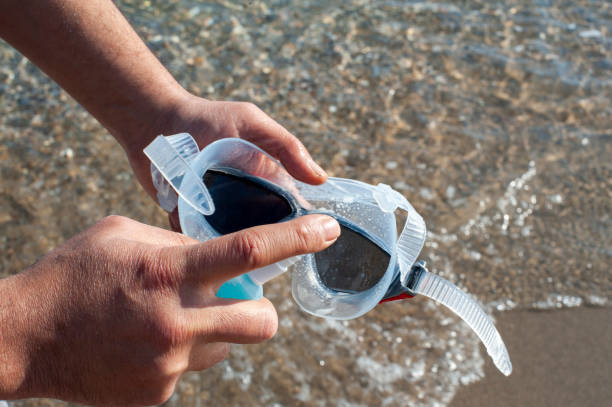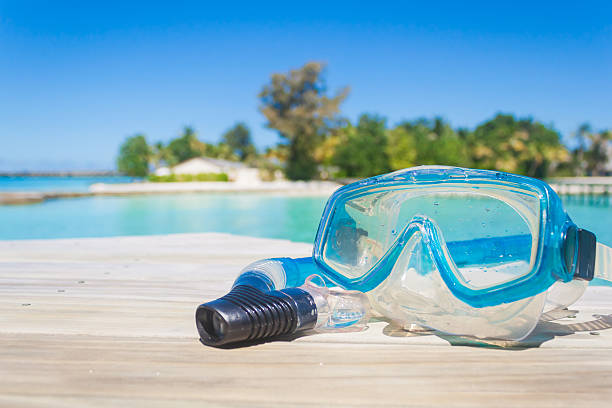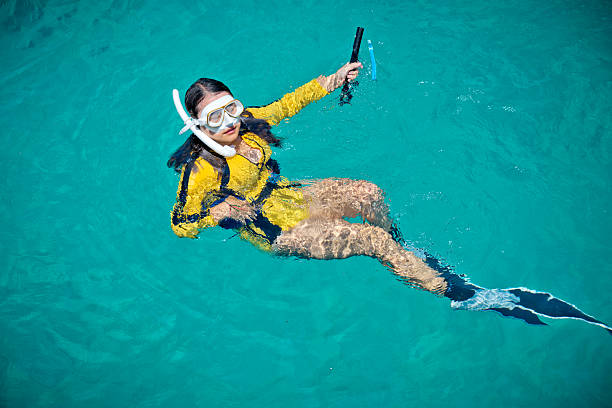Choisir les bonnes lunettes de natation pour vos enfants peut être un défi, mais c'est essentiel pour leur confort et leur sécurité dans l'eau. Avec autant d'options, il est facile de se sentir perdu. Mais pas d'inquiétude, nous avons la solution. Dans ce guide, nous vous expliquerons comment choisir des lunettes de natation pour enfants et vous expliquerons tout ce que vous devez savoir pour choisir la paire de lunettes idéale pour vos enfants.
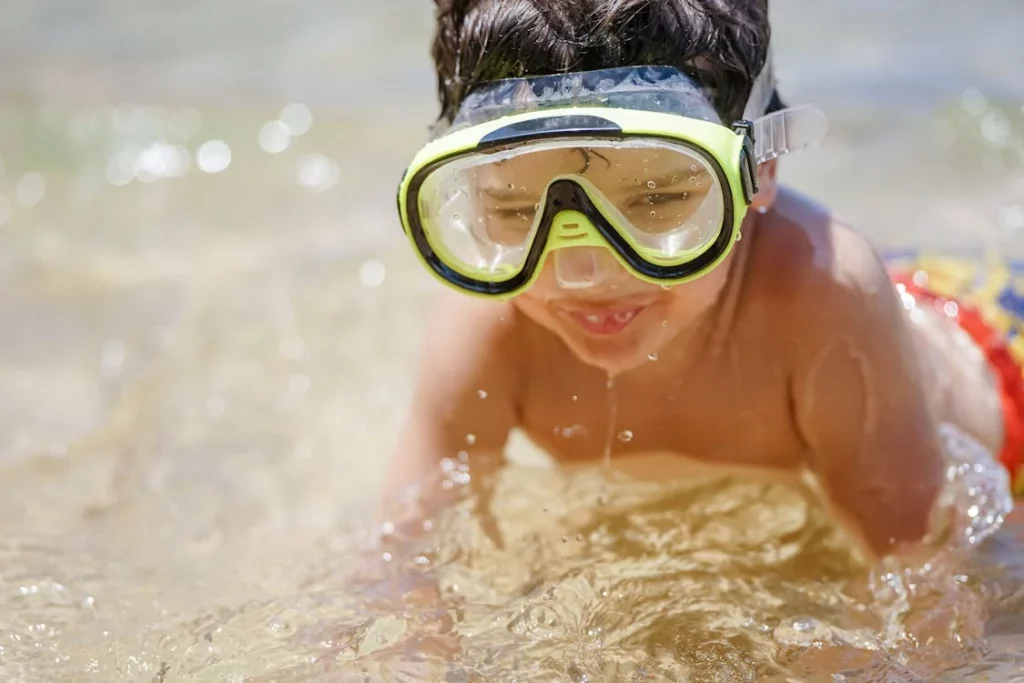
Pourquoi les lunettes de natation sont-elles importantes pour les enfants ?
En natation, les lunettes de natation sont plus qu'un simple accessoire ; elles sont indispensables à la sécurité et au confort de votre enfant. Découvrons pourquoi le port de lunettes de natation est essentiel et les risques auxquels votre enfant pourrait être exposé sans elles.
Avantages du port de lunettes de natation
Les lunettes de natation ne font pas que donner à votre enfant l'apparence d'un mini Michael Phelps. Elles protègent ses yeux du chlore et des autres produits chimiques nocifs présents dans la piscine. De plus, elles améliorent la vision sous-marine, rendant la baignade plus agréable et plus sûre. Les lunettes protègent également des rayons UV si votre enfant nage en extérieur.
Risques liés au fait de ne pas porter de lunettes de protection
À l'inverse, ne pas porter de lunettes de natation peut entraîner des yeux rouges et irrités. Une exposition prolongée au chlore peut provoquer une gêne, voire des lésions oculaires. Les enfants peuvent également avoir des difficultés à voir sous l'eau, ce qui peut constituer un risque pour leur sécurité, surtout dans les piscines bondées.
Types de lunettes de natation pour enfants
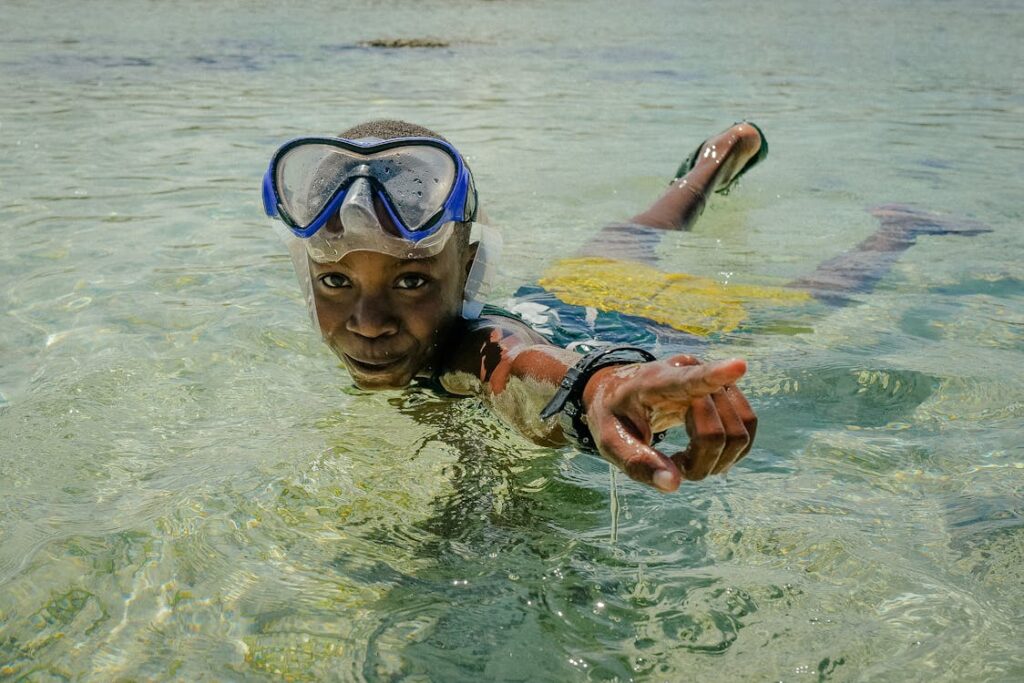
Toutes les lunettes de natation ne se valent pas. Selon les besoins et les habitudes de natation de votre enfant, chaque type de lunettes offre des avantages spécifiques. Découvrons les principaux types de lunettes de natation pour enfants et leurs spécificités.
Lunettes de protection récréatives
Ce sont les lunettes de natation les plus courantes. Conçues pour la natation occasionnelle, elles sont généralement très confortables. Elles sont disponibles dans des couleurs et des motifs amusants que les enfants adorent.
Lunettes de compétition
Si votre enfant pratique la natation de compétition, pensez aux lunettes de natation de compétition. Plus profilées, elles réduisent la traînée et sont souvent plus ajustées pour éviter les infiltrations d'eau.
Lunettes de protection sur ordonnance
Pour les enfants qui ont besoin de verres correcteurs, les lunettes de vue sont une solution révolutionnaire. Elles sont disponibles en différentes corrections pour s'adapter à la correction de votre enfant, lui évitant ainsi de choisir entre une vision claire et une protection oculaire optimale.
Principales caractéristiques à rechercher
Choisir des lunettes de natation idéales pour votre enfant ne se limite pas à choisir une paire au design original. Il est essentiel de prendre en compte plusieurs caractéristiques clés pour garantir un ajustement, un confort et une fonctionnalité optimaux. Voici les éléments clés à prendre en compte lors du choix de lunettes de natation pour enfants.
Matériau et couleur des verres
Le matériau des verres peut affecter la durabilité et la clarté. Les verres en polycarbonate sont populaires car ils sont résistants aux chocs et offrent une vision claire. Côté couleur, des verres plus foncés peuvent réduire l'éblouissement dans les environnements lumineux, tandis que des verres clairs ou légèrement teintés sont plus adaptés aux piscines intérieures.
Protection UV et revêtement antibuée
Si votre enfant nage en extérieur, une protection UV est indispensable pour protéger ses yeux des rayons nocifs. Un traitement antibuée est également essentiel pour garder les verres propres, afin que votre enfant n'ait pas à s'arrêter constamment pour les essuyer.
Sangles et ponts de nez réglables
Les enfants grandissent vite ; des sangles réglables et des ponts de nez interchangeables sont donc essentiels pour un ajustement parfait et confortable qui s'adapte à leur croissance. Privilégiez des lunettes de natation dotées de mécanismes de réglage faciles à utiliser pour que votre enfant puisse les manipuler seul.
Confort et ajustement
Le confort est primordial. Si les lunettes ne sont pas confortables, votre enfant ne voudra pas les porter. Privilégiez des joints en silicone souples qui s'ajustent parfaitement sans trop appuyer sur la peau. Si possible, il est également conseillé de laisser votre enfant essayer les lunettes avant de les acheter.
Facteurs clés pour choisir la bonne taille
Choisir la bonne taille est crucial pour le confort et la performance. Des lunettes mal ajustées peuvent entraîner des fuites d'eau et une gêne, rendant la natation moins agréable pour votre enfant. Voici comment choisir la bonne taille pour les lunettes de natation de votre enfant.
Mesurer le visage de votre enfant
Pour choisir la bonne taille, mesurez la largeur du visage de votre enfant, d'une tempe à l'autre. Cela vous donnera un bon point de départ. Certaines marques proposent des guides des tailles pour vous aider à choisir la taille idéale en fonction de ces mesures.
Essayer des lunettes
Dans la mesure du possible, faites essayer les lunettes à votre enfant. Assurez-vous qu'elles soient bien ajustées, sans être trop serrées, et que les verres soient bien ajustés sur les yeux. Il ne doit y avoir aucun espace entre les lunettes et la peau pour éviter les infiltrations d'eau.
Conseils pour l'entretien des lunettes de natation
Un bon entretien des lunettes de natation peut prolonger leur durée de vie et garantir leur efficacité et leur confort. Voici quelques conseils pour vous aider à prendre soin des lunettes de votre enfant.
Nettoyage et stockage
Rincez vos lunettes à l'eau claire après chaque utilisation pour éliminer le chlore et autres produits chimiques. Laissez-les sécher complètement à l'air libre avant de les ranger dans un étui de protection. Évitez de frotter les verres, car cela pourrait endommager le revêtement antibuée.
Éviter les dommages courants
Apprenez à votre enfant à manipuler ses lunettes avec précaution. Tirer trop fort sur les sangles ou plier la monture peut les endommager. Rappelez-lui de ranger ses lunettes dans un étui pour éviter les rayures et autres dommages.
Meilleures marques de lunettes de natation pour enfants
Une marque réputée peut faire toute la différence en termes de qualité et de durabilité des lunettes de natation. Voici quelques-unes des meilleures marques proposant des lunettes de natation fiables et confortables pour enfants.
Avant-garde
Avant-garde est une marque montante d'équipements de natation, notamment de lunettes de natation, réputée pour sa durabilité et son design innovant. Ses lunettes sont fabriquées avec des matériaux de haute qualité et bénéficient de technologies avancées telles que la protection UV et le traitement antibuée. Vanguard propose une gamme de modèles adaptés aux nageurs occasionnels et aux compétiteurs, garantissant un ajustement parfait et confortable pour les enfants de tous âges. Ses produits gagnent en popularité grâce à leur fiabilité et à leur design élégant, plébiscités par les enfants.
Speedo
Speedo est une marque reconnue dans le monde de la natation et propose une large gamme de lunettes de natation pour enfants. Leurs produits sont réputés pour leur durabilité et leur confort, ce qui en fait un excellent choix pour les jeunes nageurs.
TYR
Les lunettes TYR sont une autre option populaire. Elles offrent une variété de styles, allant des lunettes de loisir aux lunettes de compétition. Leur design est souvent plébiscité pour leur ajustement parfait et leur vision claire.
Aqua Sphère
Les lunettes Aqua Sphere sont réputées pour leur confort et leurs fonctionnalités innovantes. Elles sont souvent équipées de verres grand angle pour une meilleure vision périphérique et d'une technologie antibuée avancée.
Conclusion
Ce guide complet sur le choix des lunettes de natation pour enfants répond à tous vos besoins. Trouver les lunettes de natation idéales pour vos enfants ne sera plus une tâche ardue. En comprenant les différents types de lunettes disponibles et les caractéristiques clés à prendre en compte, vous pourrez faire un choix éclairé pour protéger les yeux de votre enfant et lui assurer un confort optimal dans l'eau. Bonne baignade !
FAQ
Q1 : À quelle fréquence les enfants doivent-ils remplacer leurs lunettes de natation ?
Les enfants devraient remplacer leurs lunettes de natation tous les 6 à 12 mois, selon leur fréquence de baignade et l'entretien qu'ils en font. Si les verres sont rayés ou que les sangles commencent à s'user, il est temps d'en changer.
Q2 : Les lunettes de natation peuvent-elles être utilisées dans l’eau salée ?
Oui, les lunettes de natation peuvent être utilisées en eau salée. Veillez simplement à les rincer abondamment à l'eau douce après chaque utilisation afin d'éliminer tout résidu de sel, susceptible de les endommager à long terme.
Q3 : Que dois-je faire si les lunettes de mon enfant s'embuent ?
Si les lunettes de votre enfant s'embuent, essayez un spray ou des gouttes antibuée, disponibles dans la plupart des magasins de sport. Veillez également à ce qu'elles ne touchent pas l'intérieur des verres, car cela pourrait endommager le revêtement antibuée.
Q4 : Existe-t-il des lunettes de natation conçues pour les tout-petits ?
Oui, il existe des lunettes de natation spécialement conçues pour les tout-petits. Ces lunettes sont plus petites et sont souvent dotées de joints extra-souples et de sangles réglables pour assurer un ajustement confortable aux plus jeunes.
Q5 : Comment savoir si les lunettes conviennent bien à mon enfant ?
Les lunettes doivent être bien ajustées, sans être trop serrées. Il ne doit y avoir aucun espace entre les lunettes et la peau de votre enfant, et les verres doivent être bien ajustés sur ses yeux. Si votre enfant se plaint d'inconfort ou si les lunettes laissent des marques profondes sur sa peau, elles sont peut-être trop serrées.
